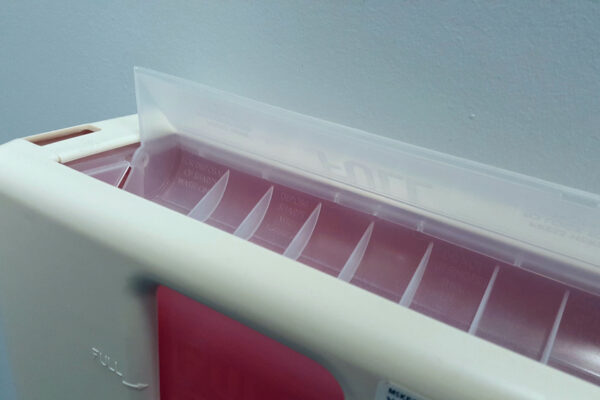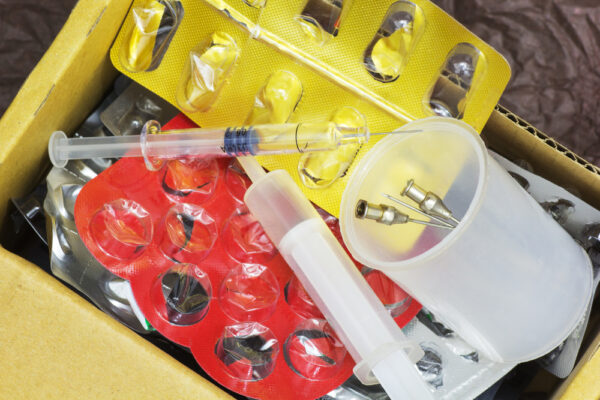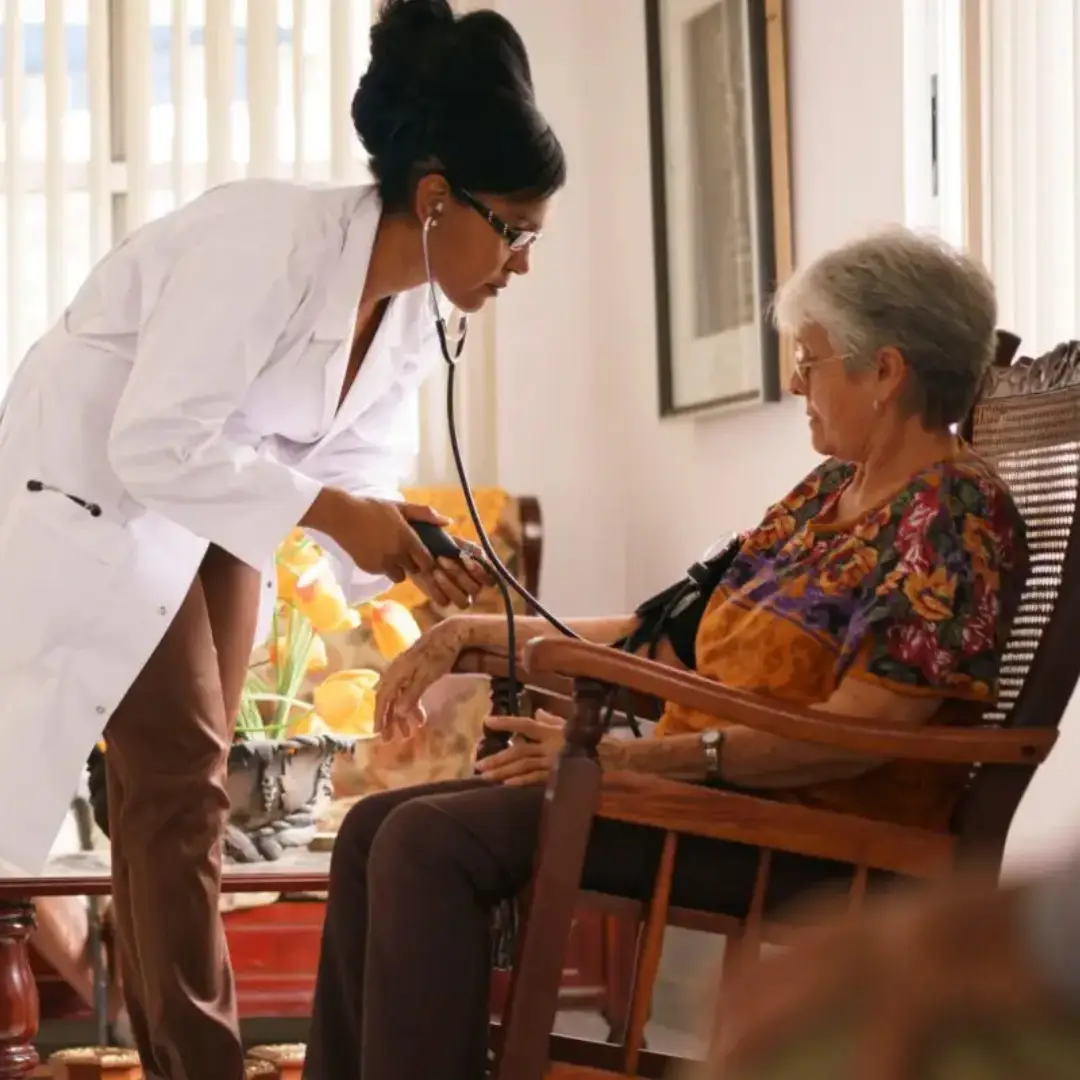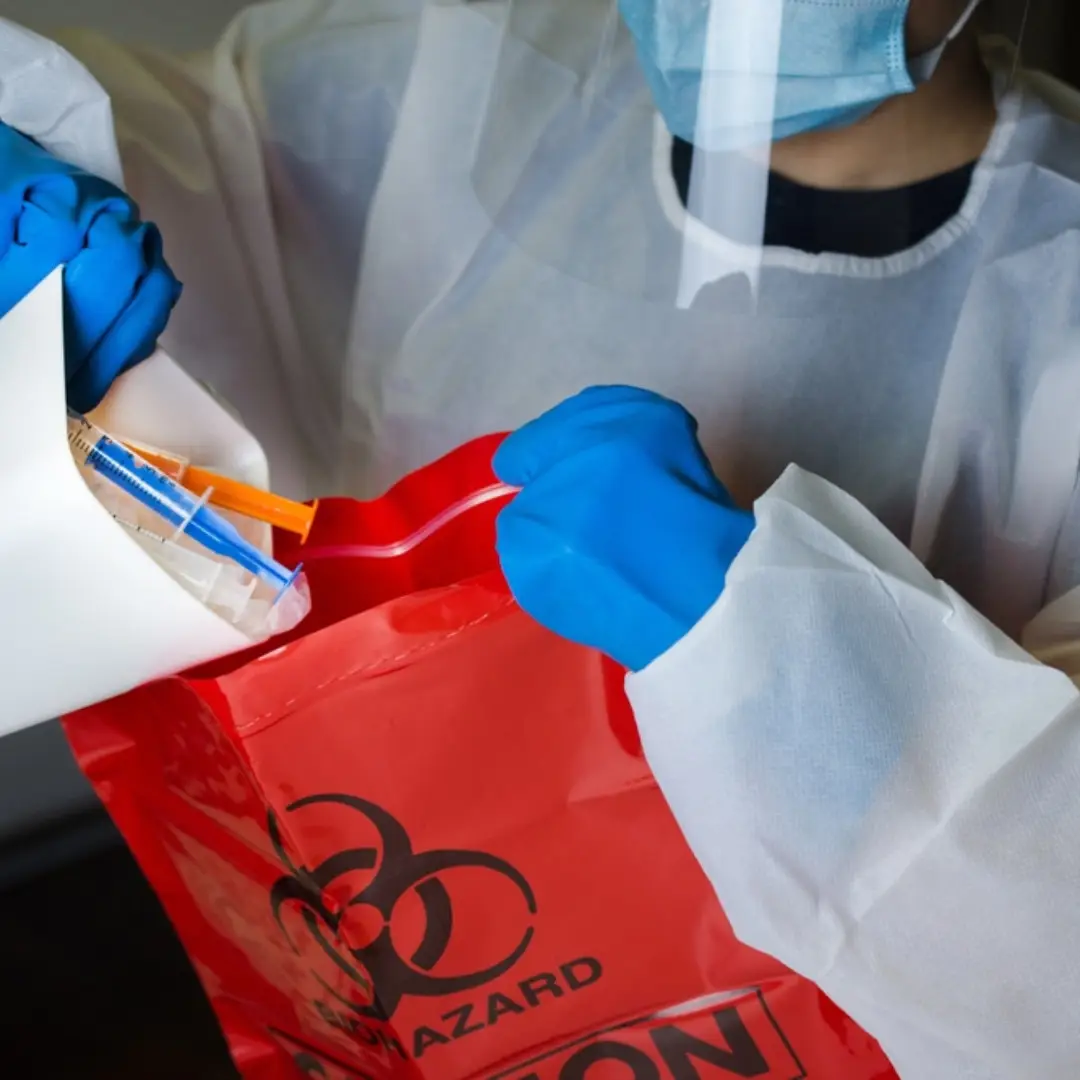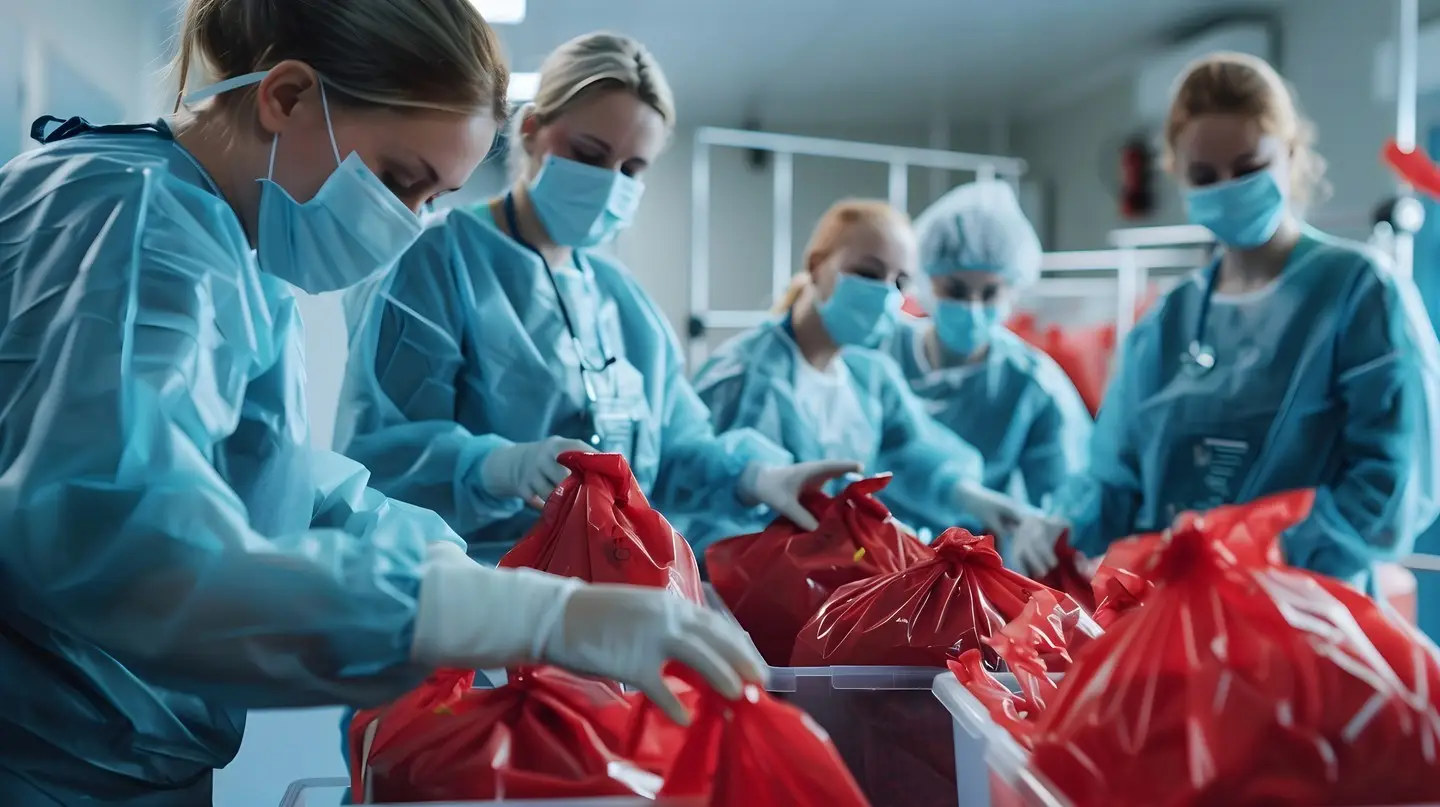Liberty University School of Health Sciences welcomed Johns Hopkins University Professor of Surgery Dr. Marty Makary to campus on Sept. 14 to share on prevalent issues within the healthcare industry, such as the extreme costs of healthcare and insurance and the importance of challenging current scientific misconceptions. Makary serves as the chief of Islet Transplant Surgery for Johns Hopkins. He is a leading healthcare expert, a Fox News contributor, and a New York Times bestselling […]
Read MoreArticles by Waste Medic
Kaiser Settles for $47 Million Over Dumping Medical Waste
On Sept. 8, with six district attorneys, California Attorney General Rob Bonta announced a settlement with Kaiser Foundation Health Plan, Inc., and Kaiser Foundation Hospitals resolving allegations that the healthcare provider unlawfully disposed of hazardous waste, medical waste, and protected health information at Kaiser facilities statewide. As part of the settlement, Kaiser will be liable to pay up to $49 million and required to take steps to prevent future unlawful disposals. Kaiser: Will pay $47.250 […]
Read MoreLooking for Professional Medical Waste Solutions? Get Your Customized Quote Today!
At Waste Medic, we understand the diverse needs of organizations when it comes to regulated medical waste disposal, sharps management, pharmaceutical waste compliance, and more. We’re here to provide you with tailored solutions that instill confidence in your waste management processes. Medical waste generation can vary significantly between organizations, but having a reliable plan for biohazardous waste disposal is essential. Our team of experts is dedicated to addressing both your regular waste management needs and […]
Read MoreKaiser to Pay $49M to California for Illegally Dumping Private Medical Records, Medical Waste
SAN FRANCISCO — Healthcare provider Kaiser Permanente is settling a $49 million dollar lawsuit with the state and multiple counties throughout California. State Attorney General Rob Bonta says they took action after allegations Kaiser improperly disposed of hazardous waste and failed to protect sensitive patient information. “Kaiser is our state’s largest healthcare provider, it operates more than 700 facilities and treats more than 8.8 million Californians. If they don’t follow the law, if they are […]
Read MoreBloodborne Pathogens Training: Why It’s Important
Each year, it is estimated that there are approximately 3 million workplace exposures to bloodborne pathogens, risking employee health, not to mention costing employers millions of dollars. Despite this statistic, it is a common train of thought that bloodborne pathogens aren’t something people usually need to be worried about. While bloodborne pathogens can be deadly, they are not airborne or infectious through touch. Rather, bloodborne exposures are commonly due to accidental punctures in most work […]
Read MoreSharps Injuries: Are You Taking Your Risk Seriously?
When it comes to healthcare, the safety of both patients and healthcare workers is paramount. One often overlooked but critical aspect of healthcare safety is the proper disposal of sharps. Sharps injuries, which include needle sticks and cuts from other sharp medical instruments, can have serious consequences for everyone involved. As a responsible medical waste disposal company, Waste Medic is here to shed light on this important issue and help you understand why it’s crucial […]
Read MoreHealth Systems Revamp C-Suite Roles
Hospitals and health systems are shaking up their C-suite and leadership structures as they focus on key areas to ensure long-term success. Becker’s has reported at least 20 health systems that have announced changes to leadership ranks and administration teams in 2023. The changes come as hospitals continue to grapple with financial challenges, leading some organizations to cut jobs and implement other operational adjustments. At the same time, some health systems are bulking up their […]
Read MoreWhat to Do If You Experience a Sharps Injury
Per the CDC, a sharps injury is a penetrating stab wound from a needle, scalpel, or another sharp object that may result in exposure to blood or other body fluids. This can include scalpels, razors, needles, lancets, blades, broken glass or any other sharp implement. The CDC knows there are many needle sticks and sharps injuries that occur during a year in hospitals and healthcare facilities, with over half of them unreported. Most happen innocently, like when nurses […]
Read MoreImproper Disposal of Medical Waste Costs Health Systems and the Environment
Health care is a major polluter both in terms of emissions and contributions to landfills. The combined health sectors of the United States, Australia, England, and Canada emit an estimated 748 million metric tons of greenhouse gases each year, more than all but the six top polluting countries in the world. Meanwhile, a report on 110 Canadian hospitals published in 2019 found those institutions generated nearly 87 000 tons of waste annually — roughly the […]
Read MoreImportance of Safe Working Conditions for Healthcare Workers
Healthcare organizations are recommended to develop a safety culture to promote both patient and occupational well-being. Safety culture is defined as the product of an individual and group values, perceptions, competencies, attitudes, and patterns of behavior that result in the commitment to, understanding, and proficiency of an organization’s health and safety management. Positive safety cultures are predicated on mutual trust and shared perceptions of the importance of safety as well as confidence in the efficacy […]
Read More




